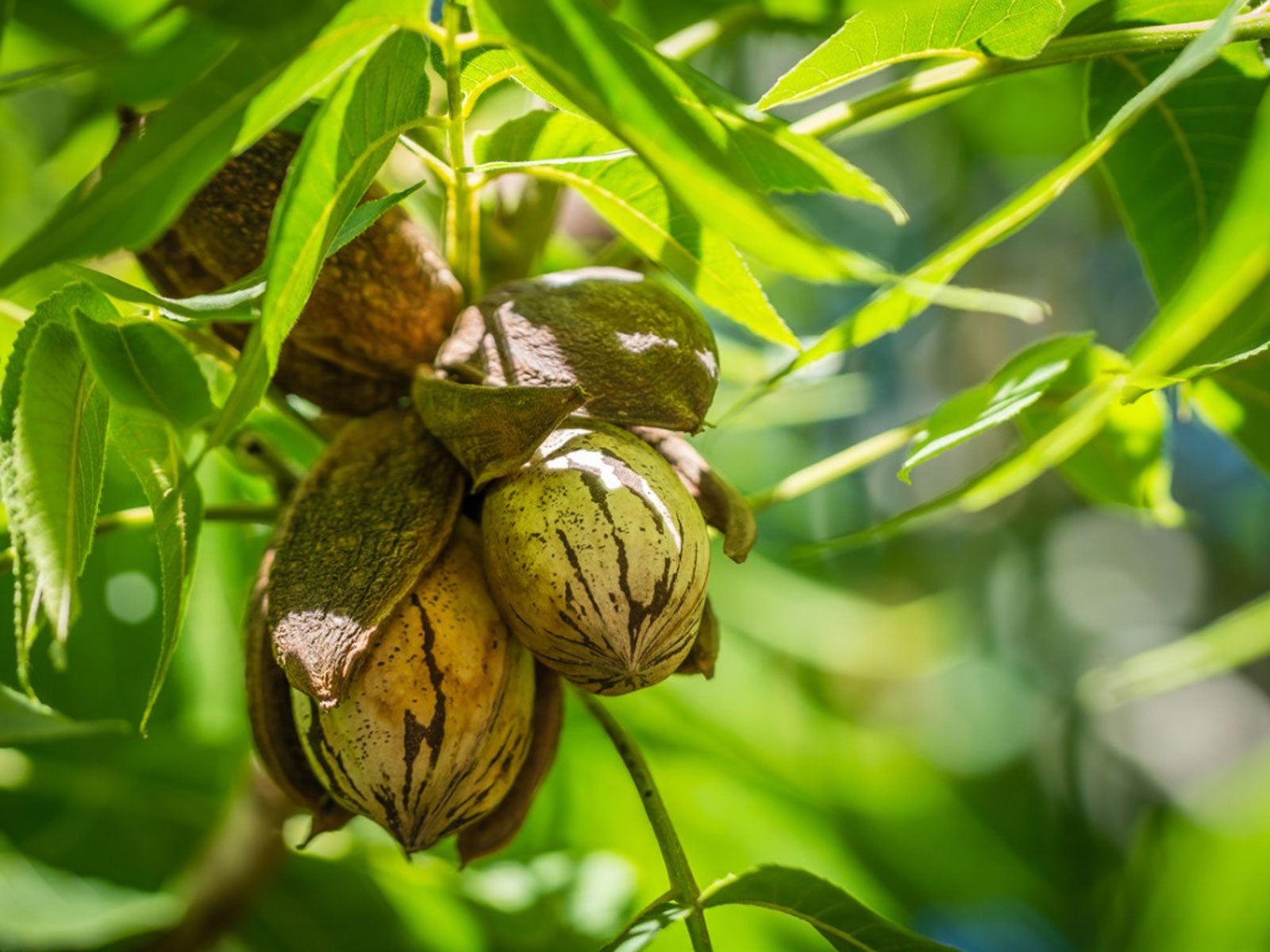Root Pecan Cuttings – Can You Grow Pecans From Cuttings


Pecans are such delicious nuts that if you have a mature tree, your neighbors are likely to be jealous. It may occur to you to grow a few gift plants by rooting pecan cuttings. Will pecans grow from cuttings? Cuttings from pecan trees, given appropriate treatment, can root and grow.
Read on for more info on pecan cutting propagation.
Pecan Cuttings Propagation
Even without a crop of tasty nuts, pecan trees are appealing ornamentals. These trees are easy to propagate in several different ways, including planting pecan seeds and rooting pecan cuttings.
Of the two methods, using pecan cutting propagation is preferable since each cutting develops into a clone of the parent plant, growing exactly the same type of nuts. Fortunately, rooting pecan cuttings is neither difficult nor time consuming.
Growing pecans from cuttings starts with taking 6 inch (15 cm.) tip cuttings in springtime. Pick side branches about as thick as a pencil that are very flexible. Make the cuts on a slant, positioning the pruners just below leaf nodes. For cuttings from pecan trees, look for branches with lots of leaves but no flowers.
Growing Pecans from Cuttings
Preparing the cuttings from pecan trees is only part of the process of pecan cutting propagation. You also need to prepare the containers. Use small, biodegradable pots less than 6 inches (15 cm.) in diameter. Fill each one with perlite then pour in water until the medium and the container are thoroughly wet.
Remove the leaves from the bottom half of each cutting. Dip the cut end in rooting hormone, then press the stem into the perlite. About half its length should be below the surface. Add a little more water, then place the pot outside in a sheltered area with some shade.
Sign up for the Gardening Know How newsletter today and receive a free copy of our e-book "How to Grow Delicious Tomatoes".
Caring for Pecan Cuttings
Mist the cuttings daily to keep them moist. At the same time, add a little water to the soil. You don’t want the cutting or the perlite to dry out or the cutting won’t root.
The next step in rooting pecan cuttings is exercising patience as the cutting sprouts roots. Over time, those roots grow stronger and longer. After a month or so, transplant the cuttings into larger containers filled with potting soil. Transplant into the ground the following spring.

Teo Spengler is a master gardener and a docent at the San Francisco Botanical Garden, where she hosts public tours. She has studied horticulture and written about nature, trees, plants, and gardening for more than two decades, following a career as an attorney and legal writer. Her extended family includes some 30 houseplants and hundreds of outdoor plants, including 250 trees, which are her main passion. Spengler currently splits her life between San Francisco and the French Basque Country, though she was raised in Alaska, giving her experience of gardening in a range of climates.